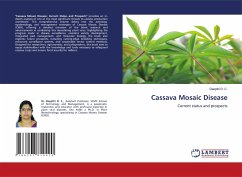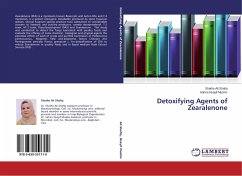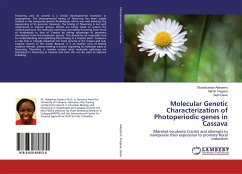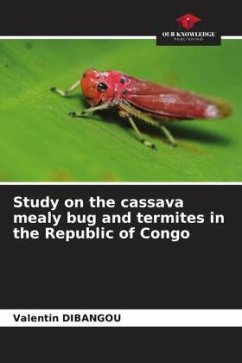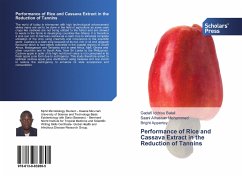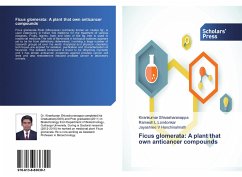
Traditional Processing Techniques in Detoxifying Cassava Root Tubers
Principles and Concepts
Versandkostenfrei!
Versandfertig in 6-10 Tagen
32,99 €
inkl. MwSt.

PAYBACK Punkte
16 °P sammeln!
The tubers of cassava (Manihot esculenta), a high-carbohydrate, staple food in many tropical countries, contain high levels of cyanogenic glycosides which release the well-known poisonous gas hydrogen cyanide (Gershenzon, 2002). Cases of acute poisoning from ingestion of cassava are occasionally reported (Hanlon, 1981) meaning that the traditional detoxification methods employed to remove cynogenic glycosides from cassava are not completely effective (Gershenzon, 2002). This manuscript attempts to redress the problem by providing some effective traditional processing techniques used by some Ug...
The tubers of cassava (Manihot esculenta), a high-carbohydrate, staple food in many tropical countries, contain high levels of cyanogenic glycosides which release the well-known poisonous gas hydrogen cyanide (Gershenzon, 2002). Cases of acute poisoning from ingestion of cassava are occasionally reported (Hanlon, 1981) meaning that the traditional detoxification methods employed to remove cynogenic glycosides from cassava are not completely effective (Gershenzon, 2002). This manuscript attempts to redress the problem by providing some effective traditional processing techniques used by some Ugandan communities to detoxify cassava root tubers to levels suitable for human consumption and it is useful to any person who consumes cassava.



